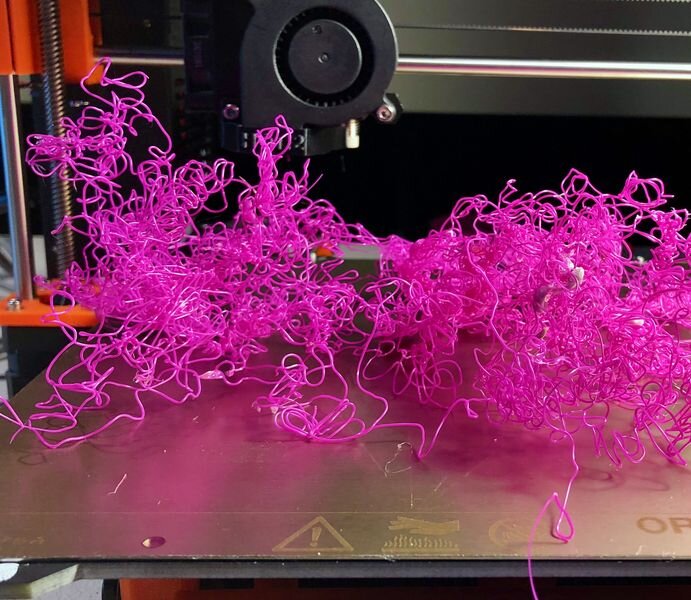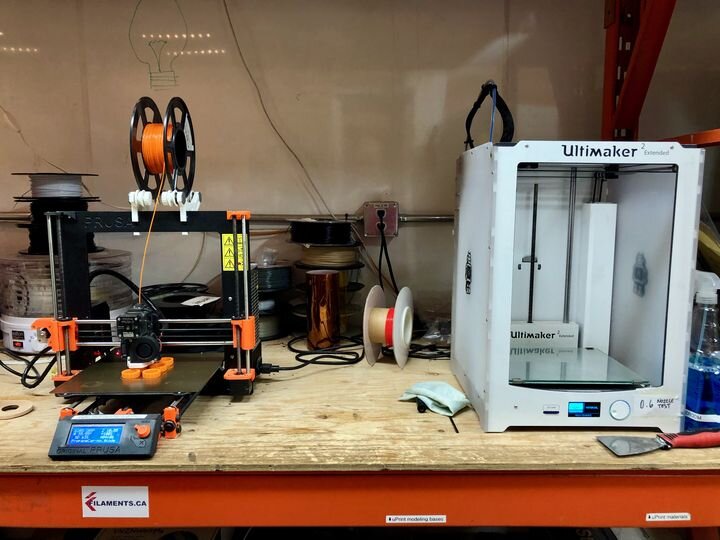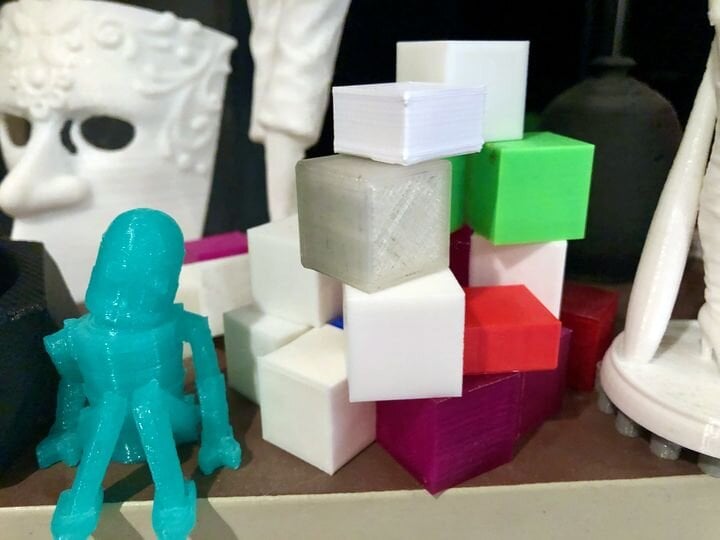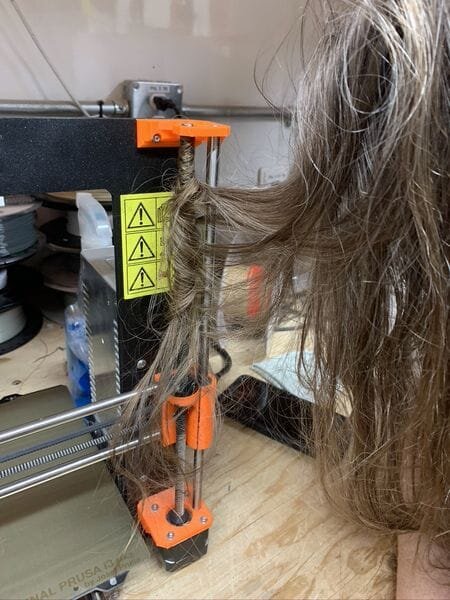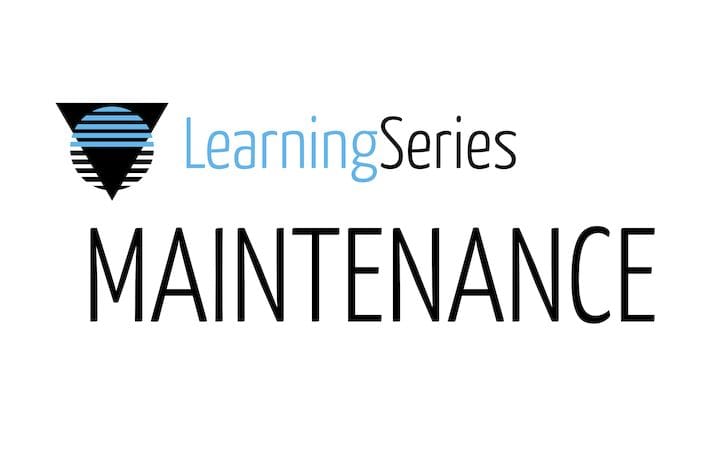![Our learning series continues with a focus on 3D printer maintenance [Source: Fabbaloo]](https://fabbaloo.com/wp-content/uploads/2020/05/image-asset_img_5eb09afe251ab.jpg) Our learning series continues with a focus on 3D printer maintenance [Source: Fabbaloo]
Our learning series continues with a focus on 3D printer maintenance [Source: Fabbaloo]
This is an entry in our 3D Print Learning Series, focusing on 3D printer maintenance.
For other current entries in this series, please search for our tag, “learning series”, here. Search often, as we will be adding more periodically.
3D Printer Maintenance
You’ve installed your 3D printer and proudly begin printing many objects, probably far too many. But then, suddenly, the machine fails in some way. Why does this happen?
While there are multiple reasons for a print failure, one of them is “lack of maintenance”. This is the activities one would undertake periodically to ensure your machine is operating at optimum efficiency and effectiveness.
Sometimes maintenance is a scheduled activity, where you tidy up the machine and perform basic checks, but other times the maintenance is unscheduled, where something is broken and needs a bit of work. And there is also the possibility of upgrading your 3D printer to work in better ways.
The absence of proper maintenance is certainly one of the main reasons for long-term 3D printer issues. Many times I’ve seen “dead” 3D printers that could easily be brought back to life if a bit of care were taken.
Let’s look at some 3D printer maintenance tips: each article is linked in the following headers.
Where Do You Find Spare 3D Printer Parts?
![Where do you source spare parts for 3D printer repairs? [Source: Fabbaloo]](https://fabbaloo.com/wp-content/uploads/2020/05/spare-parts_result_img_5eb09afe76c20.jpg)
Sometimes 3D printer problems result from broken components. Perhaps a print became dislodged and got caught up in the motion system, snapping a joint. Sometimes replacement components can actually be 3D printed, if you have access to a second machine, and the manufacturer provides the digital 3D model. But there are other times that you really do require a physical spare part. This post discusses where exactly you might find them.
Seven Key 3D Printer Upgrades To Consider
![How should you upgrade your desktop 3D printer? [Source: Fabbaloo]](https://fabbaloo.com/wp-content/uploads/2020/05/seven-upgrades_result_img_5eb09afec1e4d.jpg)
Let’s face it: only few desktop 3D printers are “complete” when you receive them from the manufacturer. In many cases inventive users have discovered better ways to do things and have posted upgrades one could install. There are also many commercial operations that provide pre-made upgrades to many popular 3D printer models. This post explores some of the key upgrades that should be considered.
The Critical Importance Of 3D Printer Maintenance
![It isn’t that hard to maintain your desktop 3D printer, and you won’t need a hammer [Source: Fabbaloo]](https://fabbaloo.com/wp-content/uploads/2020/05/critical-oil_result_img_5eb09aff1d825.jpg)
If our words above did not spur you to consider performing maintenance on your desktop 3D printer, this post certainly will. It will also point out some of the key maintenance activities you should consider.
One Tip You Must Know: The Cold Pull Technique
![There’s an easy way to unjam a 3D printer nozzle [Source: Fabbaloo]](https://fabbaloo.com/wp-content/uploads/2020/05/cold-pull_result_img_5eb09aff699fa.jpg)
The most popular 3D printer failure we know of is the ubiquitous “filament jam”. This scenario involves some junk clogging up the tiny nozzle on a filament extrusion desktop 3D printer. The question is, “how do you get it out of there?” This post describes the most popular – and easiest – method of doing so.
3D Printer Maintenance: The Forgotten Activity
![Don’t forget to maintain your 3D printer! [Source: Fabbaloo]](https://fabbaloo.com/wp-content/uploads/2020/05/lubrication_result_img_5eb09affbd162.jpg)
Here is more discussion of the need for 3D printer maintenance, including considerations for industrial operations. Why do we need to talk about this so much? It’s because many 3D printer operations follow the “use it until it breaks” strategy, which is really not a good strategy at all.
Your 3D Printer’s Most Worn Out Component?
![Can you guess which 3D printer component wears out first? [Source: Fabbaloo]](https://fabbaloo.com/wp-content/uploads/2020/05/wornout_result_img_5eb09b000ddff.jpg)
Most components on a desktop 3D printer are essentially eternal: they will never wear out. But some components do wear out, and sometimes quite quickly. Which components are these and how should you go about replacing or upgrading them?
What To Do With Failed 3D Prints?
![What should you with failed prints like these? [Source: Fabbaloo]](https://fabbaloo.com/wp-content/uploads/2020/05/failedprints_result_img_5eb09b00501f1.jpg)
Anyone operating a desktop 3D printer will have a serious problem dealing with the ever-growing pile of failed 3D prints. The prints may be almost complete, but suffered an unfortunate failure, perhaps running out of filament at the wrong moment, or encountering a filament jam. Either way, you’re left with piles of half-made prints. What do you do with them?
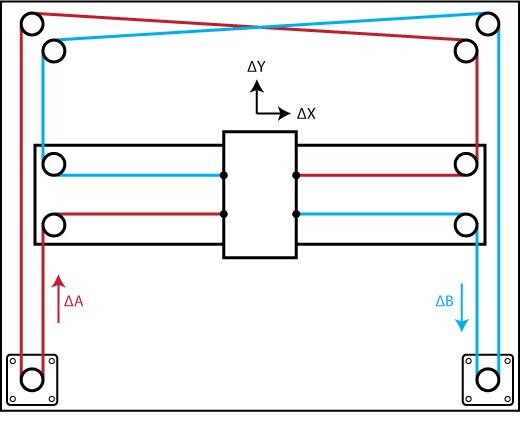
CoreXY is becoming a very popular approach for 3D printer motion systems, but is it the ultimate answer? We list the advantages and disadvantages.
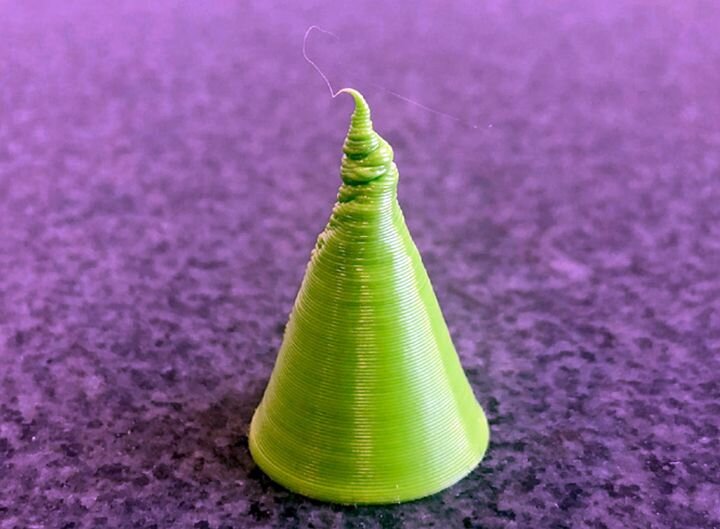
VSHAPER has released a pair of interesting 3D printing guides, and unlike most beginner guides, these are designed for engineers.

I’m not sure if you’ve heard of a site called “3D Buzz”, but their content could be of interest to anyone in the CAD field.

Do you know the difference between the terms “FDM” and “FFF”? From what I read, it seems a large number of people are not aware of their true meaning.

I’ve found a source with a ton of CAD utility recommendations that could make life easier for anyone using 3D CAD to create designs for 3D printing.

I encountered an unusual support structure issue while 3D printing and propose several ways to resolve it with Meshmixer.
